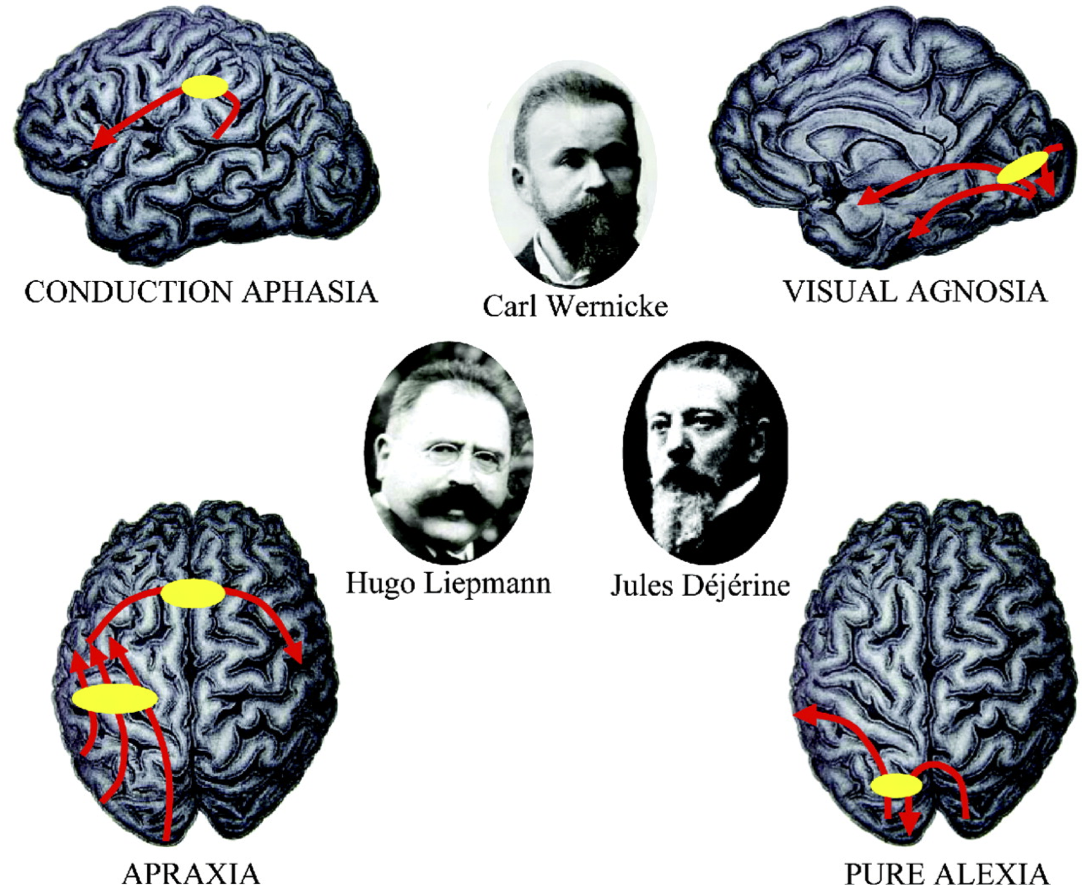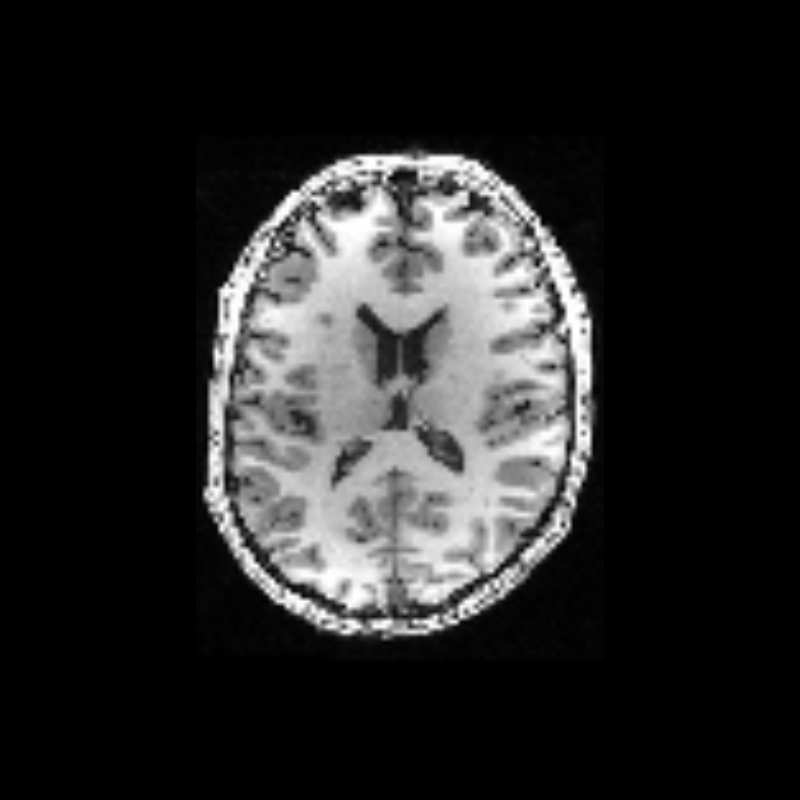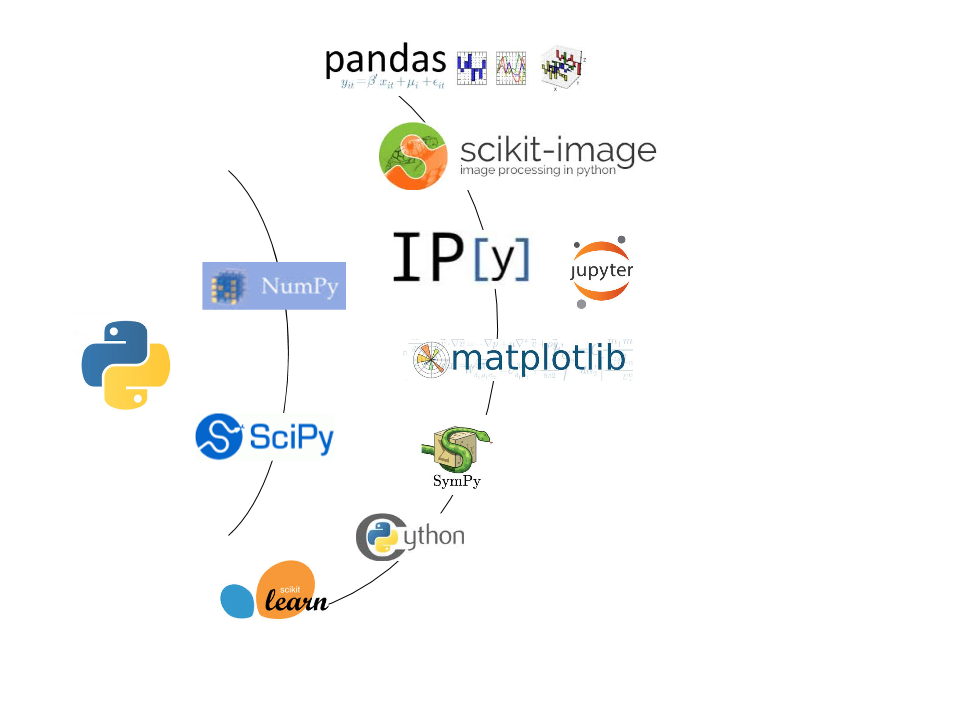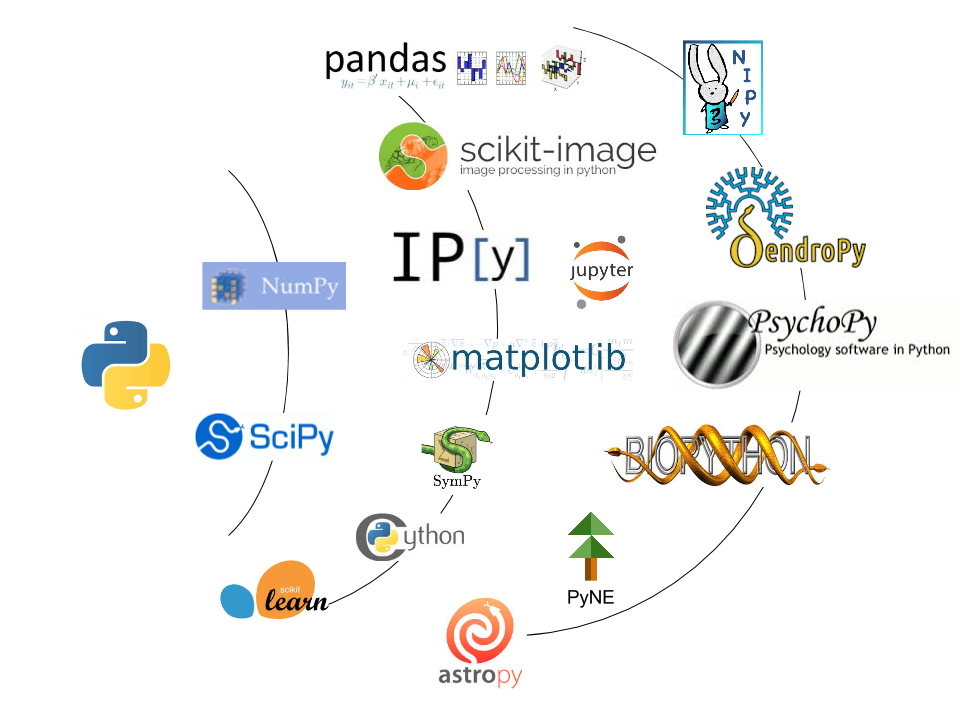The elements of reproducible open science
Ariel Rokem, University of Washington eScience Institute
Follow along at


The elements of reproducible open research
Automation and computational reproducibility
Availability of data and code
Open access to publication
A detour through human neuroscience
Normal behavior is supported by brain connectivity


Not just passive cables
Brain connections change with development
Individual differences account for differences in behaviour
Adapt with learning
Clinically useful information
Magnetic Resonance Imaging (MRI)
Neural activity: functional MRI
Anatomy: structural MRI
...
Brain connectivity: diffusion MRI


Diffusion MRI
Diffusion MRI


Diffusion MRI
From diffusion to tracks

From diffusion to tracks


From diffusion to tracks
see here
Reproducible and open science are a matter of degree, not of kind!
The elements of reproducible open research
Automation and computational reproducibility
Availability of data and code
Open access to publication
Automate everything
Can you produce all the figures in your paper with a single button press?
Use literate programming methods!
For example, Jupyter notebooksPublic availability of data and code
"Sharing is caring"
"Sharing is caring"
But what if you don't care? Or don't want to be altruistic?
Let's call it "publishing" instead
Reasons that data/code sharing publication is important
Based on Poline et al. (2012)
Accelerate progress in your field
Many fields have already demonstrated the benefits: Astronomy, Genomics are examples
Improve the quality of publications, and of the data
Reduce the cost of research, and increase ROI
Reproducibility
For all these reasons - funding agencies/journals are going to increasingly require that you do it!
A few more “selfish” benefits
Get cited more: The “data sharing advantage”: ~10% more citations when data is shared (all else being equal).This is really just a way of saying that the research is better and has more impact when the data is available.
Similar effects when software is shared
For the time being, people still think you’re somehow being altruistic...
Open source everything
Python for neuroscience: the SCIPY & NIPY ecosystem
The scipy & nipy ecosystem

The scipy & nipy ecosystem

The scipy & nipy ecosystem

The scipy & nipy ecosystem


Considerations in data publication
Make sure your data has a permanent URL
Figshare
Files up to 500 MB can be deposited here
Use your library!
Provide code that makes your data use(ful/able)
Start thinking about data/code sharing at the start
Make sure your IRB approval and consent forms include data "sharing"
Arrange your data in files in the way you will ultimately share it
If you create a unique dataset:
Consider publishing a data paper!
Open access to publication
Use preprint servers
Establishes precedence
Makes the research available
Preprint servers are increasingly available for many fields:
Figshare will do!
The elements of reproducible open research
Automation and computational reproducibility
Availability of data and code
Open access to publication
Stay in touch!



